fabric
Latest
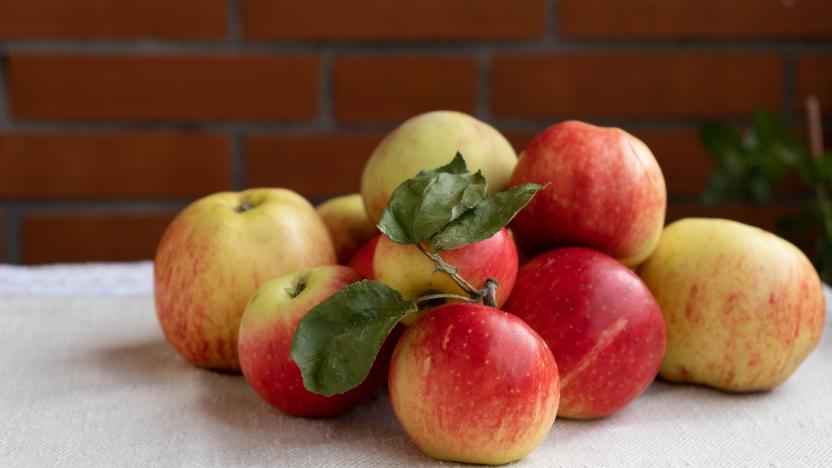
Smart fabric can recognize the food you put on the table
Microsoft and others have developed a smart fabric that could recognize the food on your table, or even lost keys.
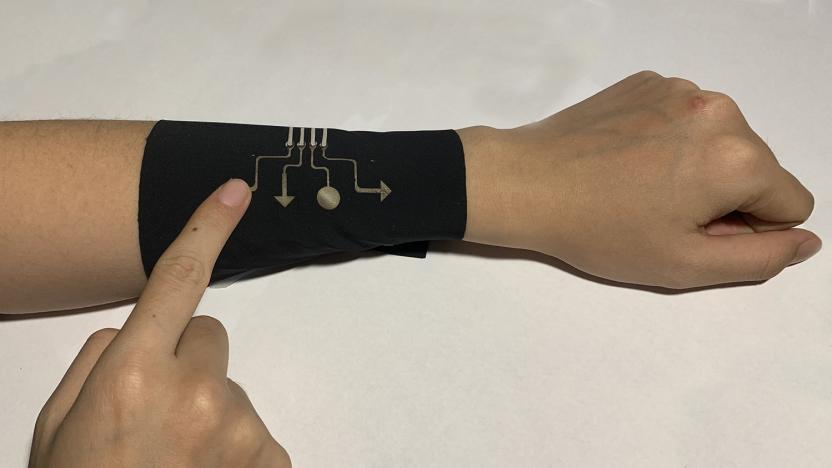
Researchers control a game of Tetris using a breathable wearable sleeve
Researchers created an ultrathin, stretchable, breathable electronic material for more comfortable wearables.

The North Face teases its most breathable waterproof gear yet
As great as waterproof apparel is to keep you protected from bad weather, most jackets, pants and other gear tend to be too bulky or uncomfortable. That's a problem The North Face is well aware of, and it has come up with a new material that it believes will fix this: Futurelight, which the company is calling "the most advanced breathable waterproof outerwear technology." According to The North Face, Futurelight is its most comfortable waterproof gear yet, thanks to a design that lets air move through fabric more easily and provide "more venting than ever before.'
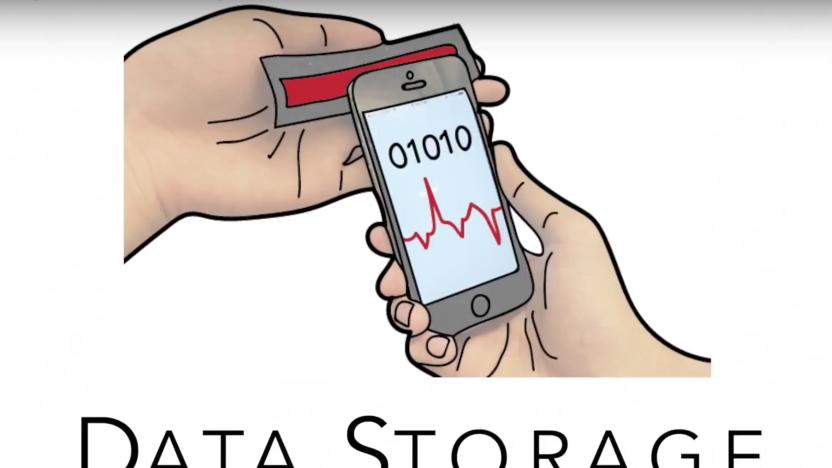
Conductive thread stores data in clothes without built-in tech
New technology may soon enable you to get into your home or office with nothing more than your coat, wristband or tie. Scientists at the University of Washington have found a way to create smart fabric, using only conductive thread with no other added electronics.

How Electroloom's clothes-printing revolution died
What happens to all of those startups that get their five minutes in the spotlight before disappearing into the ether? In the hardnosed world of technology, a thousand such enterprises will fall before a single one becomes even a modest success. This is a story about one of those that didn't make it.
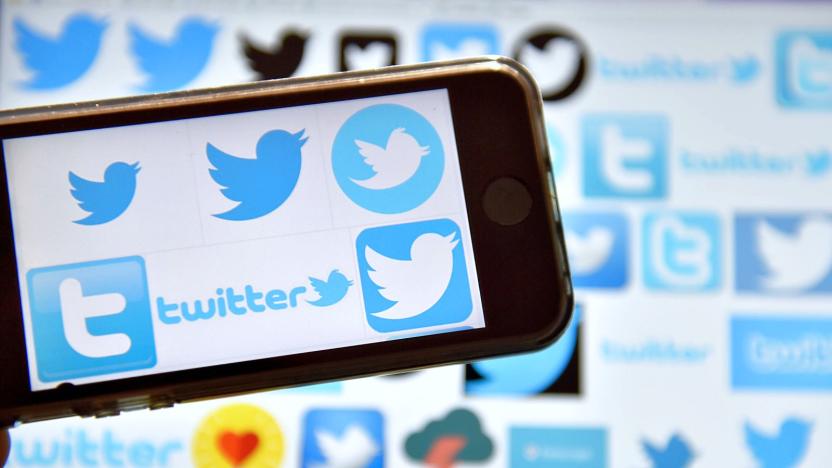
Twitter just sold its developer platform to Google
Fabric, Twitter's developer platform, now belongs to Google. The move was announced on Fabric's blog Wednesday morning and confirmed in a Twitter thread by Sr. Director of Product, Jeff Seibert.

ICYMI: All aboard the world's largest boat elevator
try{document.getElementById("aol-cms-player-1").style.display="none";}catch(e){}Today on In Case You Missed It: The Three Gorges Dam in China is home to the largest ship elevator, hauling up to 3000 tons of cargo from one lower level of water to the higher stream at the top. Meanwhile, Georgia Tech engineers believe their new fabric, which can harvest energy from both movement and the sun, will revolutionize how we keep devices charged. The three baby parent video is here, and the crystallizing salts are here. As always, please share any interesting tech or science videos you find by using the #ICYMI hashtag on Twitter for @mskerryd.

ICYMI: Finally, cars can morph into robots!
try{document.getElementById("aol-cms-player-1").style.display="none";}catch(e){}Today on In Case You Missed It: A Turkish company says that for millions of dollars, it'll make you your very own Autobot (called a LeTrons) and while whether the car is actually driveable may be in question the video is still fairly incredible. No less an advancement for conductive thread, a $34 million grant from the National Science Foundation is letting a group of doctors, scientists and fashion designers create clothing that at-risk pregnant women can wear to track their health. If you're into augmented reality, this Pong game should get you going. As always, please share any interesting tech or science videos you find by using the #ICYMI hashtag on Twitter for @mskerryd.

Twitter adds Unity support to its mobile development toolkit
Game developers with a love for Unity and social networking just got a little present: Twitter has announced Unity support for its mobile software development toolkit. For most of us, this simply means looking forward to more mobile games with Twitter integration -- but for developers, it's an easy way to add crash reporting, mobile analytics and monetization tools to the development environment. Adding Fabric for games to Unity is apparently as simple as installing a plugin.

Disney Research has a faster way to render realistic fabrics
Computer graphics have come a long way, but there are still a few aspects that are pretty time consuming to get right. Realistic fabric movement that reacts to gravity and other forces is one of 'em and the folks at Disney Research have found a way to make life-like cloth simulations by six to eight times in certain situations. Walt's science department says that using a technique called multigrid, specifically, smoothed aggregation allowed it to make clothing worn by a main character or fabrics that make up the foreground of a scene at a much faster clip. There's an awful lot of science and equations behind the concept (PDF), but the long and short of it is that this should allow for more realistic cloth simulations that stretch and act like fabric does in the real world and even aid in virtual try-on situations.
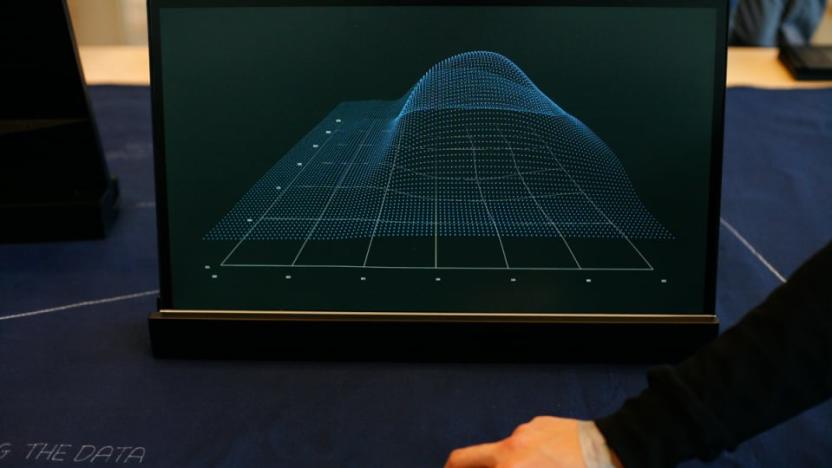
Google's Project Jacquard wants to put a trackpad on your pants
The ATAP division of Google is known for some the most innovative ideas to come out of Silicon Valley. It's the home of the Project Ara modular phone and Project Tango. So it's no surprise to find that Project Jacquard has a large single piece of fabric with conductive yarn woven in that works like a trackpad. The Jacquard team said that more information about its technology would be revealed at tomorrow's ATAP session, but it already looks promising.

Disney Research has a 3D printer that can sew bunnies for you
3D printing has resulted in solid solutions like cartilages, organ replicas and even tortoise shells. But Disney Research now has a printer that can create soft, bendable objects - think 3D printing stuffed toys. The mechanics of the printer are similar to conventional machines that use plastics or metals, except this one works with fabric to create flexible and functional objects. Most additive 3D printers are designed to deposit materials in a specific spot, but fabric requires an alternative technique that imitates sewing or layering.

Light-emitting fabrics could reinvent your '90s wardrobe
Researchers who must be Saved by the Bell fans have developed clothing fibers that could turn you into a walking neon sign. Rather than OLED or LCD tech, the team exploited polymer light-emitting electrochemical cells (PLECs) that are rugged enough to be used in fabrics. They created a millimeter-sized fiber that's an alphabet soup of tech -- it consists of a thin steel wire coated with nanoparticles and an electroluminescent polymer, topped by see-through carbon nanotubes. The prototype fabric only glowed for a couple of hours, and so far, the light colors are limited to blue and yellow. However, PLEC tech has a theoretical life span of thousands of hours, and far more hues are possible.

Twitter goes on the road (and offers prizes) to get more apps
Twitter is determined to put its frameworks into as many of your apps as it can, and it's going to great lengths (in some cases, literally) to make sure that happens. The social network has unveiled Flock, a worldwide tour that will show developers how to put tweets into their apps through Twitter's Fabric programming kits. The campaign will start in Los Angeles on January 21st, but it'll eventually spread to other US cities and major international hubs like Bangalore, London, São Paulo and Tokyo. If you're curious enough to attend, you'll get to talk to Twitter engineers and developer evangelists that might just solve your problems with everything from ads to Digits sign-ins.

BeBop's smart fabric puts sensors in everything you wear
Wearable sensors don't tend to do much; they're usually limited to health data like EKG readings or your heart rate. If BeBop Sensors has its way, though, they'll be useful for just about anything that comes in contact with your body. Its new smart fabric sensor tracks virtually every aspect of physical presence, including bending, location, movement and pressure. As you might imagine, that opens the door to... well, quite a lot. You could have smart insoles that track both your pace and your running style, or baseball gloves that help perfect your swing; BeBop also sees uses in everything from wearable controllers to smart yoga mats that improve your poses. The company is only providing the basic technology, not finished products, so it'll be a while before you see this smart cloth in something you can buy. Even so, it's clear that there's a lot of potential -- you may always have a way to measure your activities without resorting to wristbands or other conspicuous gear.

Twitter trades passwords for phone numbers with Digits
At its mobile developer conference in San Francisco, Twitter just announced Digits, a brand-new way to log in to apps with just your phone number. Instead of going through the tedious process of signing up with an email and password or using one of many different social logins, all you need is to enter in your number. When you do, you'll get a confirmation code via SMS. Enter that in as well, and away you go; no need to remember passwords or go through CAPTCHAs. Digits is not based on Twitter at all; it's actually an entirely new product that developers can incorporate into their apps, be they Twitter-related or not. It's a key part of Fabric, Twitter's new mobile development kit that it's rolling out today. Digits is available for iOS, Android and the web, and it's available in 216 countries in 28 languages right now. Aside from Digits, Fabric includes several other tools that Twitter hopes developers will incorporate into their existing apps, such as Crashlytics, the crash-reporting tool that the company bought last year, and MoPub, its advertising platform. There's also something called TwitterKit, which finally brings system-level Twitter sign-on to Android, a service that's been on iOS for a while now. This means that you only need to sign on to Twitter once on an Android phone, and you'll be able to easily access all apps that require a Twitter login. Especially of note is that developers can now not only embed tweets in their apps, but also add the ability to compose and post tweets inside of them without having to launch the dedicated Twitter app.

Robotic fabric acts like a muscle, makes foam blocks wriggle
When we think about robotics, we don't typically think about a lump of inert foam -- but with the right clothing, it counts. Researchers at Purdue University are developing a robotic fabric that can be used to make so-called "soft" robots out of foam and other lightweight materials. The team has embedded fabric with a flexible polymer that changes shape and rigidity when heated, allowing it to be contracted or relaxed at will. Wrap a specifically assigned swatch of this cloth around a piece of foam, and it can be coaxed into bending, wriggling or moving in specific ways. "We will be able to design reboots on the fly," Purdue University's Rebecca Kramer says. "Anything can be a robot because all of the robotic technology is in the fabric or skin."

Fabricated: Scientists develop method to synthesize the sound of clothing for animations (video)
Developments in CGI and animatronics might be getting alarmingly realistic, but the audio that goes with it often still relies on manual recordings. A pair of associate professors and a graduate student from Cornell University, however, have developed a method for synthesizing the sound of moving fabrics -- such as rustling clothes -- for use in animations, and thus, potentially film. The process, presented at SIGGRAPH, but reported to the public today, involves looking into two components of the natural sound of fabric, cloth moving on cloth, and crumpling. After creating a model for the energy and pattern of these two aspects, an approximation of the sound can be created, which acts as a kind of "road map" for the final audio. The end result is created by breaking the map down into much smaller fragments, which are then matched against a database of similar sections of real field-recorded audio. They even included binaural recordings to give a first-person perspective for headphone wearers. The process is still overseen by a human sound engineer, who selects the appropriate type of fabric and oversees the way that sounds are matched, meaning it's not quite ready for prime time. Understandable really, as this is still a proof of concept, with real-time operations and other improvements penciled in for future iterations. What does a virtual sheet being pulled over an imaginary sofa sound like? Head past the break to hear it in action, along with a presentation of the process.

Conductive fabrics may power future infantry gear, uniforms set to enter field trials
If you thought your Sunbeam electric blanket or those Hello Kitty foot warmers were advanced pieces of kit, then you'd best divert your eyes from this story out of the UK. In an effort to eliminate the mess of power cables and extraneous batteries from a soldier's tech gear, one British company is currently experimenting with conductive fabrics as the basis for future military uniforms. The material is able to deliver power to any number of devices -- all from a single battery -- and also features a redundancy aspect, with the ability to reroute power should the fabric become torn or damaged. The company, known as Intelligent Textiles, recently received a £234,000 grant from the Ministry of Defense and hopes to begin field trials of its equipment next month. While these high tech uniforms may see a limited military issue by year's end, it's thought unlikely that the gear will become widespread until 2014 or beyond.

AMD absorbs server startup SeaMicro for $330 million, says it's no impulse buy
AMD has faced some tough tactical decisions since it sold its handheld chip division to Qualcomm in 2008 and effectively stepped out of the smartphone business. Whistling that "No Regrets" tune, it has burrowed ever deeper into ever bigger devices, from laptops to desktops and massively multi-core servers and supercomputers. Today's purchase of Silicon Valley startup SeaMicro is an exponential leap in the same direction, because SeaMicro specializes in building low-power server hardware for entire datacenters. One of its key innovations is a "fabric" that hooks up thousands of processors, memory units and storage devices into a sensible whole for cloud computing. Rather than trying to compete with its own server-building customers, AMD may well offer them SeaMicro's platform on license and seek to recoup its $330 million investment that way. With ARM also stepping up its server efforts, it's a question of snoozing and losing.















